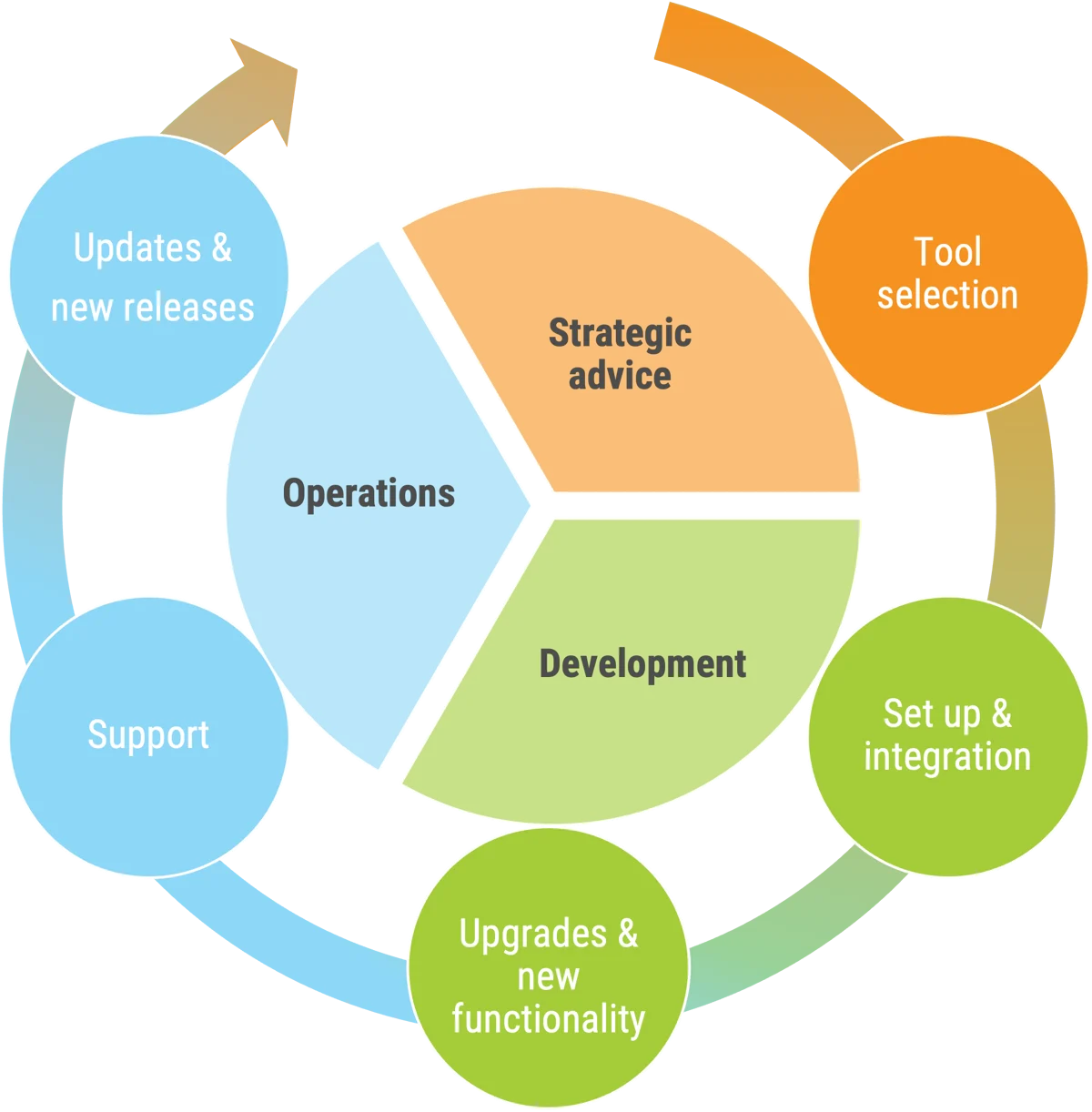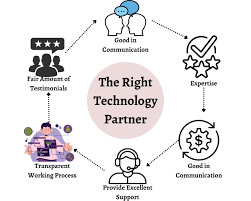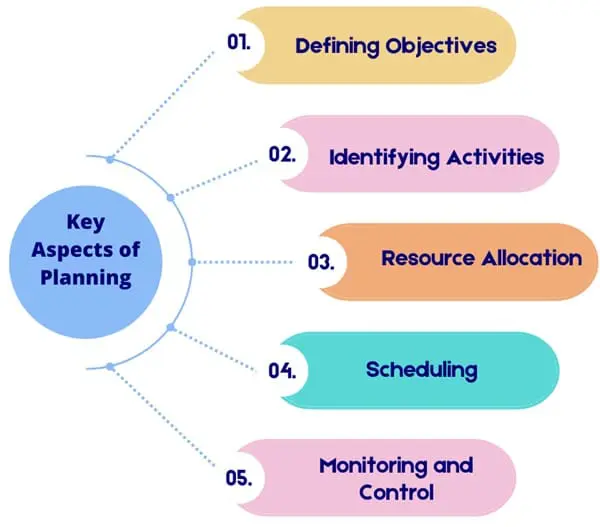Low-code development platforms are revolutionizing the way businesses build and deploy applications. By minimizing the need for traditional hand-coding, they empower organizations to innovate faster, reduce costs, and adapt quickly to changing market demands.
What Is a Low-Code Development Platform?
A low-code development platform is a software environment that enables users to create applications using visual interfaces, drag-and-drop tools, and minimal coding. This approach allows both developers and non-technical users to participate in app creation, significantly speeding up the development cycle.
Key benefits include:
- Faster time-to-market
- Reduced development costs
- Greater collaboration between IT and business teams
- Easier scalability and integration
How Low-Code Works
Low-code platforms provide pre-built components, templates, and workflows that simplify application creation. Instead of writing extensive code, developers assemble logic and UI elements visually, adding code only when necessary for customization.
Core features include:
- Visual modeling tools
- Reusable components
- Integration capabilities with APIs and enterprise systems
- Automated deployment to cloud or on-premises environments
Advantages of Low-Code Development for Businesses
- Speed and Agility – Rapid prototyping and deployment enable organizations to respond quickly to opportunities or threats.
- Lower Development Costs – Reduced reliance on specialized coding lowers overall project expenses.
- Increased Accessibility – Business analysts, designers, and other stakeholders can directly contribute to building solutions.
- Future-Proofing – Many low-code platforms are cloud-native, ensuring scalability and ongoing support for new technologies.
For a deeper understanding of how low-code fits into digital transformation strategies, see our Cloud Computing & Enterprise Adoption Guide.
Popular Low-Code Development Platforms
- OutSystems – Known for enterprise-grade solutions and scalability
- Mendix – Offers powerful integration and collaboration tools
- Microsoft Power Apps – Integrates seamlessly with Microsoft 365 and Azure
- Appian – Specializes in process automation and workflow-driven apps
People Also Ask: Expert Answers
What is the best low-code development platform?
The “best” platform depends on your needs. OutSystems and Mendix are strong for enterprise-scale projects, Microsoft Power Apps is ideal for organizations already using Microsoft tools, and Appian is preferred for process-heavy workflows.
What is a low-code platform example?
An example is Microsoft Power Apps, which allows users to create business apps with drag-and-drop functionality and minimal coding.
Is ChatGPT a no-code platform?
No. ChatGPT is an AI language model, not a no-code or low-code platform. However, it can assist in generating code snippets or providing guidance for development.
Is SAP a low-code platform?
SAP itself is not purely a low-code platform, but it offers SAP Build, a low-code tool that enables users to create applications on the SAP Business Technology Platform.
How Singleclic Empowers Businesses with Low-Code
As a leading IT solutions provider since 2013, Singleclic helps organizations across the Arab world harness the power of low-code, ERP, CRM, and cloud-native applications to accelerate digital transformation.
Our expertise includes:
- Custom low-code application development
- System integration with ERP and CRM
- Cloud deployment and hosting
- Cybersecurity and network solutions
📞 Contact us today:
+2 010 259 99225 | +971 42 475421 | +966 58 1106563
🌐 Visit our website
Conclusion
Low-code development platforms are no longer a niche technology—they are a critical driver for modern business agility. By reducing technical barriers and speeding up innovation, they allow companies to focus on delivering value rather than managing complex codebases. With the right partner like Singleclic, your organization can leverage low-code to stay ahead in a competitive digital landscape.







